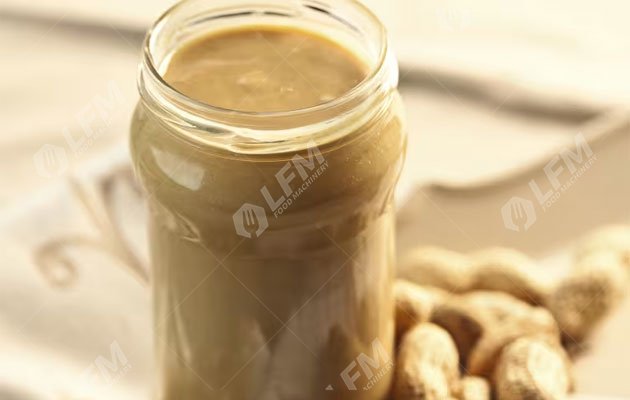How Peanut Butter Is Made in a Factory? 9 Steps
Peanut butter is a beloved and versatile food product enjoyed by people of all ages around the world. While it's easy to pick up a jar at the grocery store, have you ever wondered how peanut butter is made in a factory? Let's take a behind-the-scenes look at the fascinating process of producing this creamy spread on an industrial scale.

1. Raw Material Selection: The process begins with the selection of high-quality peanuts. These peanuts are often sourced from various regions known for their peanut cultivation, such as the United States, China, India, and Argentina.
2. Cleaning and Shelling: The peanuts are thoroughly cleaned to remove any dirt, rocks, or debris. They are then shelled to remove the outer shell, leaving behind the raw peanut kernels.
3. Roasting: The raw peanuts are roasted to enhance their flavor and aroma. The roasting process also helps remove any excess moisture from the peanuts, making them easier to grind. The peanuts are typically roasted at temperatures between 320°F to 350°F for approximately 20 to 30 minutes.
4. Cooling: After roasting, the peanuts are allowed to cool before further processing. This step helps prevent the peanut butter from becoming too hot during the grinding process, which can affect its texture and quality.
5. Grinding: The cooled peanuts are then ground into a thick paste using industrial-grade grinders. The grinding process can vary depending on the desired consistency of the peanut butter, with some manufacturers opting for a coarse grind for crunchy peanut butter and a fine grind for smooth peanut butter.
6. Addition of Ingredients: Depending on the desired flavor and texture, manufacturers may add ingredients such as salt, sugar, and stabilizers during the grinding process. These ingredients help enhance the taste and shelf life of the peanut butter.
7. Packaging: Once the peanut butter has been ground to the desired consistency and the ingredients have been thoroughly mixed, it is ready for packaging. The peanut butter is typically packaged in jars, cans, or other containers suitable for retail sale.
8. Quality Control: Throughout the production process, stringent quality control measures are implemented to ensure that the peanut butter meets the highest standards of quality and safety. This includes testing for factors such as taste, texture, and shelf life.
9. Distribution: Once packaged, the peanut butter is ready for distribution to retailers and consumers. It is shipped to stores and supermarkets around the world, where it is enjoyed by millions of people as a delicious and nutritious spread.
Introducing the Peanut Butter Making Line
To streamline this process, many factories use a Peanut Butter Making Line. This line includes machines for roasting, grinding, mixing, homogenizing, and packaging. These machines are designed to handle large quantities of peanuts efficiently, ensuring a consistent and high-quality product.
In conclusion, the process of making peanut butter in a factory involves several steps, from selecting high-quality peanuts to packaging the final product. Through careful processing and quality control, manufacturers are able to produce peanut butter that is not only delicious but also safe and nutritious for consumers to enjoy.
Email: serena@machinehall.com
WhatsApp/Mobile: +8615515597212
Message
